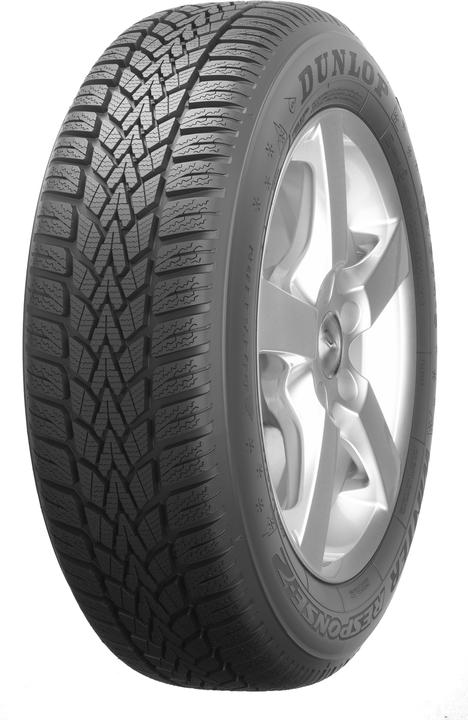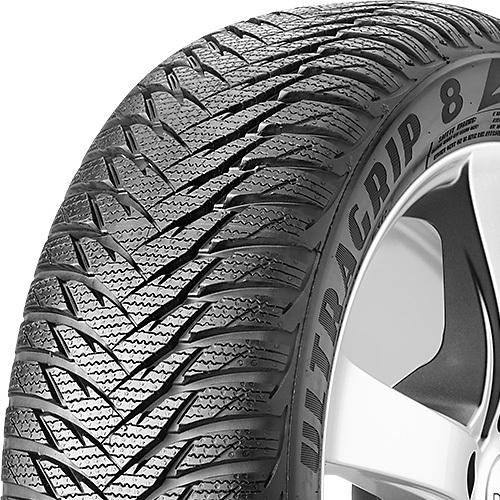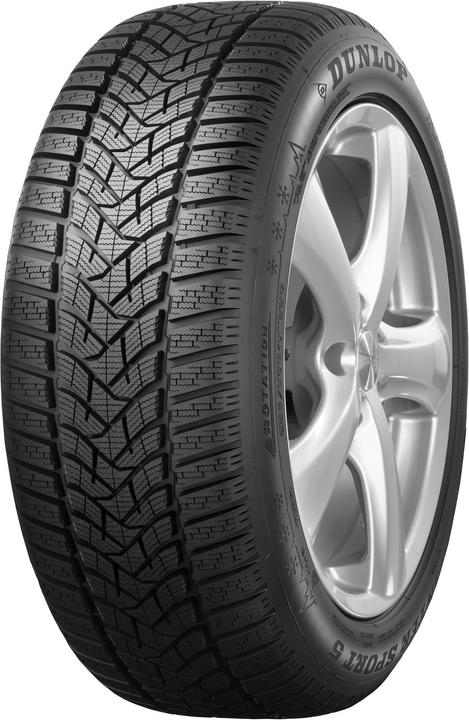

Traction through the winter
"From O to O" is an old rule of thumb. So from Easter to October is summer tyre season. Before and after that, i.e. now, winter tyres are used. But what are the differences, what do you need to look out for and are the most expensive tyres really the best?
No matter what topographical, driving dynamics or climatic conditions prevail, your tyres should never lose grip on the road. Nowadays, however, tyres also need to cushion, be suitable for optimum straight-line driving, be durable, provide suspension and have reasonable concentricity properties. Above all, however, a tyre must be able to transmit high forces, be it when braking, accelerating or cornering. Especially in precarious conditions such as rain, wet, snow or ice.
What makes a good winter tyre
?
In order to keep your grip all year round, you need to change your tyres (or have them changed). Although the hard rubber compound of summer tyres is well suited to high asphalt temperatures, it doesn't stand a chance in the cold season. That's why winter tyres are made of a fairly soft rubber compound, so that they can remain elastic even in the cold. This allows you to rely on high driving stability and a short braking distance even in sub-zero temperatures. Various sipes and notches in the tread also ensure the best possible grip even in snow or on ice.
But how can you tell if your new or old winter tyre delivers what it promises? There are a few features you should look at. Remember: The price of a tyre does not automatically indicate its quality.
Snowflakes
A quick glance at the side of the tyre is enough to tell whether it is a genuine winter tyre. In the best case scenario, there should be a snowflake symbol on the tyre. If you only find a yawning void, then don't bother. The abbreviation M + S (mud and snow) also serves as a guide. However, as the designation is not protected, it does not offer a complete guarantee of a good tyre.
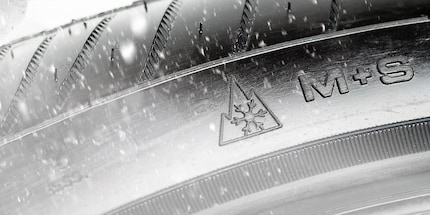
Tread depth
You should pay particular attention to this for older tyres. Although the legal minimum tread depth is 1.6 mm, experts such as the TCS advise not to go below the limit of 4 mm. This is because the adhesion properties of tyres deteriorate drastically from this point onwards. Tyres that have sufficient tread depth but are more than eight years old should be discarded. The rubber compound becomes brittle over time and loses its necessary elasticity.
EU label
This label provides information about the tyre's safety when braking on wet roads, rolling resistance and noise. The EU label is intended as consumer information and can help you choose the right tyre.
Two tyre dimensions tested by TCS
To make sure you are fully informed and don't buy any rubbish, TCS put a number of winter tyre models through their paces. Tyres in the dimensions 175/65 R14 82T and 205/55 R16 91H were included in the test. All the numbers and letters have their own meaning. Let's take the first dimension as an example. 175 stands for the tyre width in mm, while 65 is the ratio of tyre height to width in per cent. R refers to the construction of the tyre (in this case it stands for radial tyre), 14 is the rim diameter in inches and 82 is the load index (here: max. 475 kg). Finally, the T is an index for the registered maximum speed of the vehicle (here: 190 km/h). You can usually find the approved tyre variants and the corresponding maximum speeds in your vehicle's manual. In an emergency, the road traffic office in your canton of residence can also provide you with information. If the correct tyre dimensions are not included in this year's test, it is worth taking a look at last year's test. Other tyre variants were tested there.
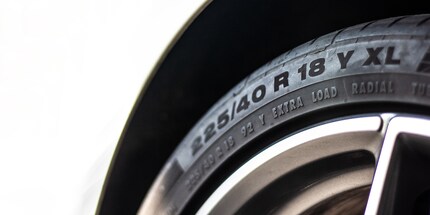
The good news? Many tyres are convincing
The tyres are rated in eight categories according to the "safety before economy before ecology" scheme. It is pleasing that almost all tyres tested passed and only one tyre per category is not recommended. Some of the products in our shop differ from the tyres tested. However, the results normally also apply to other dimensions of the same series.
Dimension 175/65 R14 82T
Twelve winter tyres were subjected to the TCS test and the result was two test winners and one clear loser.
Continental WinterContact TS860
The Continental WinterContact TS860 is a well-balanced tyre and received top marks on wet roads and snow.

Dunlop Winter Response 2
This tyre also impresses in all categories except comfort/noise, where not a single tyre is in the green zone.
Nankang Snow SV-3
The Nankang tyre is only convincing on dry roads, on ice and in terms of wear. You should never use it in snow, because the winter tyre cleared a whole 0 per cent. As we learn from our mistakes, we only have the previous model, last year's test loser, in our shop.

Dimension 205/55 R16 91H
There were 16 contenders for this tyre variant, with three rated as "highly recommended", eleven as "recommended", one as "conditionally recommended" and one as "not recommended".
Continental WinterContact TS860
The name sounds familiar? Then you're right. The winter tyre from Continental was tested in both dimensions and came out on top both times. It also received the top score in the noise category.
Goodyear UltraGrip 9
Goodyear's tyre is also at the top of the POD, scoring top marks in almost all categories. Again, we don't have this exact tyre on sale, but the Goodyear Ultragrip 8, which was rated as good last year by Stiftung Warentest.
Dunlop Winter Sport 5
You can also fit this tyre under your car without a guilty conscience. Apart from the usual weakness in terms of comfort/noise, the tyre impresses across the board.
Laufenn I FIT LW31
Now to the last of this test round. However, it must be said that the Laufenn I FIT LW31 actually performed well in almost all categories. However, the complete failure on wet roads spoilt the overall result. We don't have the tyre on sale. Lucky for us.

This article was published in a similar form on 06/03/2018.
My life in a nutshell? On a quest to broaden my horizon. I love discovering and learning new skills and I see a chance to experience something new in everything – be it travelling, reading, cooking, movies or DIY.
Practical solutions for everyday problems with technology, household hacks and much more.
Show all